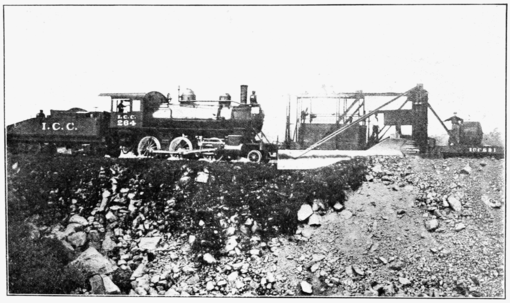THE TYPE OF THE PANAMA CANAL
427
Culebra cut at about 170 feet above the water surface—thence to the natural surface with a rise of one foot in two.
In the course of its deliberations the hoard of engineers passed favorably upon the feasibility of a canal of either the lock or sea-level type. It determined that a lock canal with summit level at 60 feet should be the basis of comparison of the lock with the sea-level type. It reached the conclusion that about 10 to 11 years should be the time assumed to be necessary for the construction of a lock canal, with summit level at 60 feet, and about 12 to 13 years for the construction of a sea-level canal.
The quantity of material of all kinds to be excavated in constructing a sea-level canal was estimated at 231,026,000 cubic yards, and the estimated cost of making the excavation was $183,136,000.
Among the important considerations bearing upon the selection of the best canal type the board of consulting engineers, as noted in the majority report, says:
The canal will provide the one great maritime highway, not between seas, but between oceans; not for countries, but for continents. The vastness of the interests to be served by the canal, many of which interests now wait for their development on the construction of the waterway, demands that the canal shall, when opened for traffic, be of the type which will most perfectly fulfil the purposes which the waterway is intended to accomplish.
First and foremost it is essential that the Panama Canal shall present not merely a means of interoceanic navigation, but a means of safe and uninterrupted navigation on which no special hazards will be encountered by and no vexatious delays will be occasioned to the vessels which will traverse it. It is therefore evident that the canal ought to be formed in such manner that the course thereof shall be free from all unnecessary obstructions, and that no obstacles should be interposed in that course, whether temporary or permanent, which would by their very nature be an occasion of peril and of detention to

Spreading Material on the Corozal Dump.

